In memoriam: Ettore Spalletti (1940-2019)
The celebrated ‘painter of light’ has passed away aged 79

He was always ‘somewhat of an outlier in the story of 20th-century Italian art’, but the artist Ettore Spalletti, who died aged 79 after suffering a heart attack at his home in Spoltore on the afternoon of 11 October, according to Italian newspaper il Centro, was revered in Italy and celebrated abroad as the ‘painter of light’.
The artist leaves behind an indelible imprint on the collective conscience, in the signature palette of gentle blues, greys and pinks he used to slowly and methodically cover his sculptures and canvases. Applying layers of paint for up to 20 days, the resulting colours are not mutable, giving his works the ‘ability to transform any environment they inhabit’.
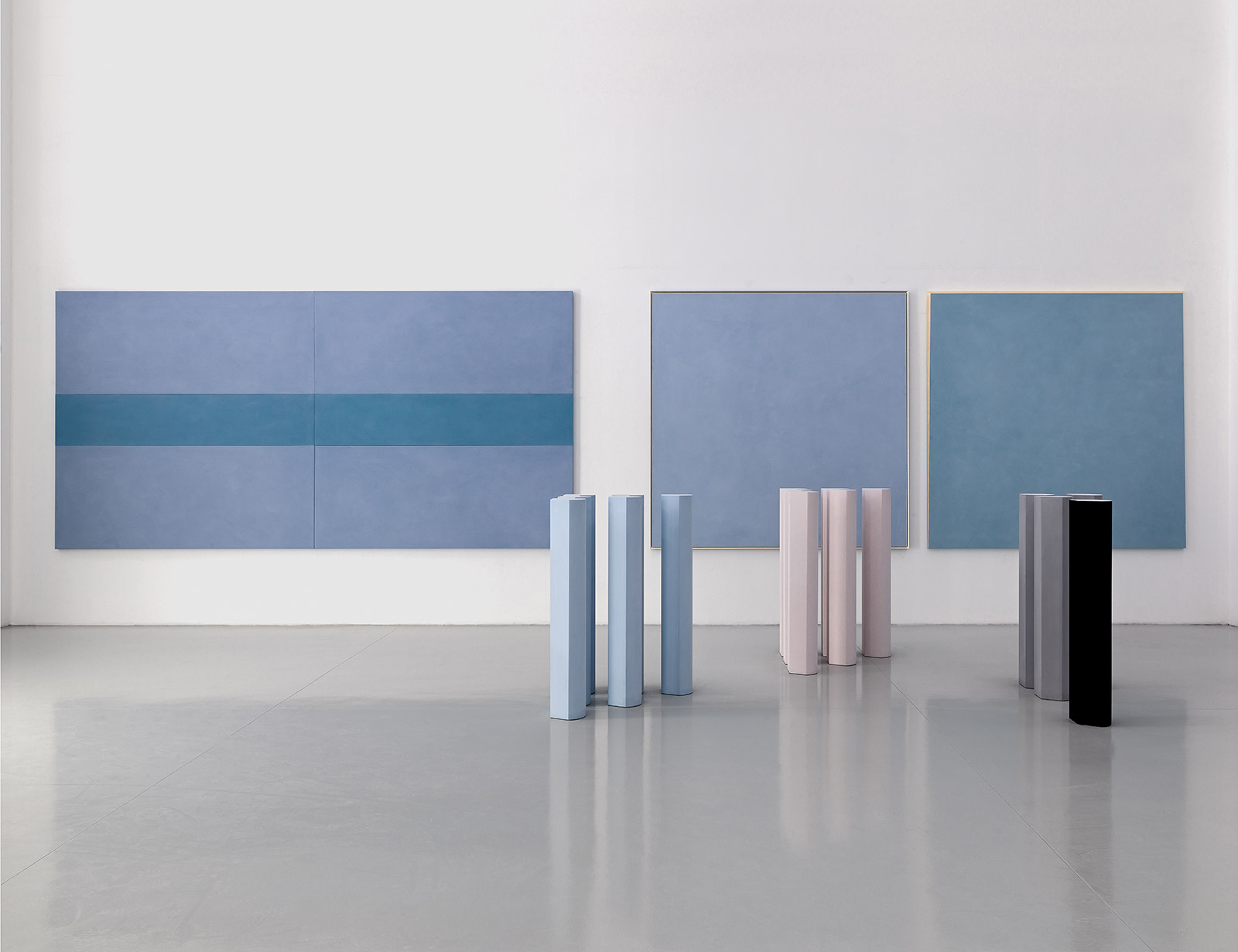
From left, on walls: Paesaggio 8, 2016; Il colore e l’Oro, Eco Rossoazzurro, 2016; Eco, Grigio, 2016. On floor: Movimento Trattenuto, 2001. Photography: Matteo Piazza
His practice was in keeping with the rhythm of his almost monastic life in Spoltore, Pescara, just five kilometres from Cappelle Sul Tavo – the town of his birth in 1940. Spalletti, unlike many internationally successful artists, never left Abruzzo. In a May 2016 interview with Wallpaper* (see W*206), Spalletti described sitting for hours watching the light move in his studio. Viewing his works — which often bathe the spectator in colour — recreates this effect of being suspended in time, watching clouds pass or rays of sun play their optical tricks.
As a man, Spalletti may have been contemplative and quiet, but that didn’t mean that as an artist he was detached. He was equally inspired by the people he met as he was by the mountains and the Adriatic coastline – landscapes that informed the atmosphere and light in his works, not unlike Turner, who Spalletti admired. There is an embracing warmth to his works, whether it’s strips of gold-leaf applied to the canvas or the fleshy-pink tones of columns that the artist says refer to the human figure.
RELATED STORY
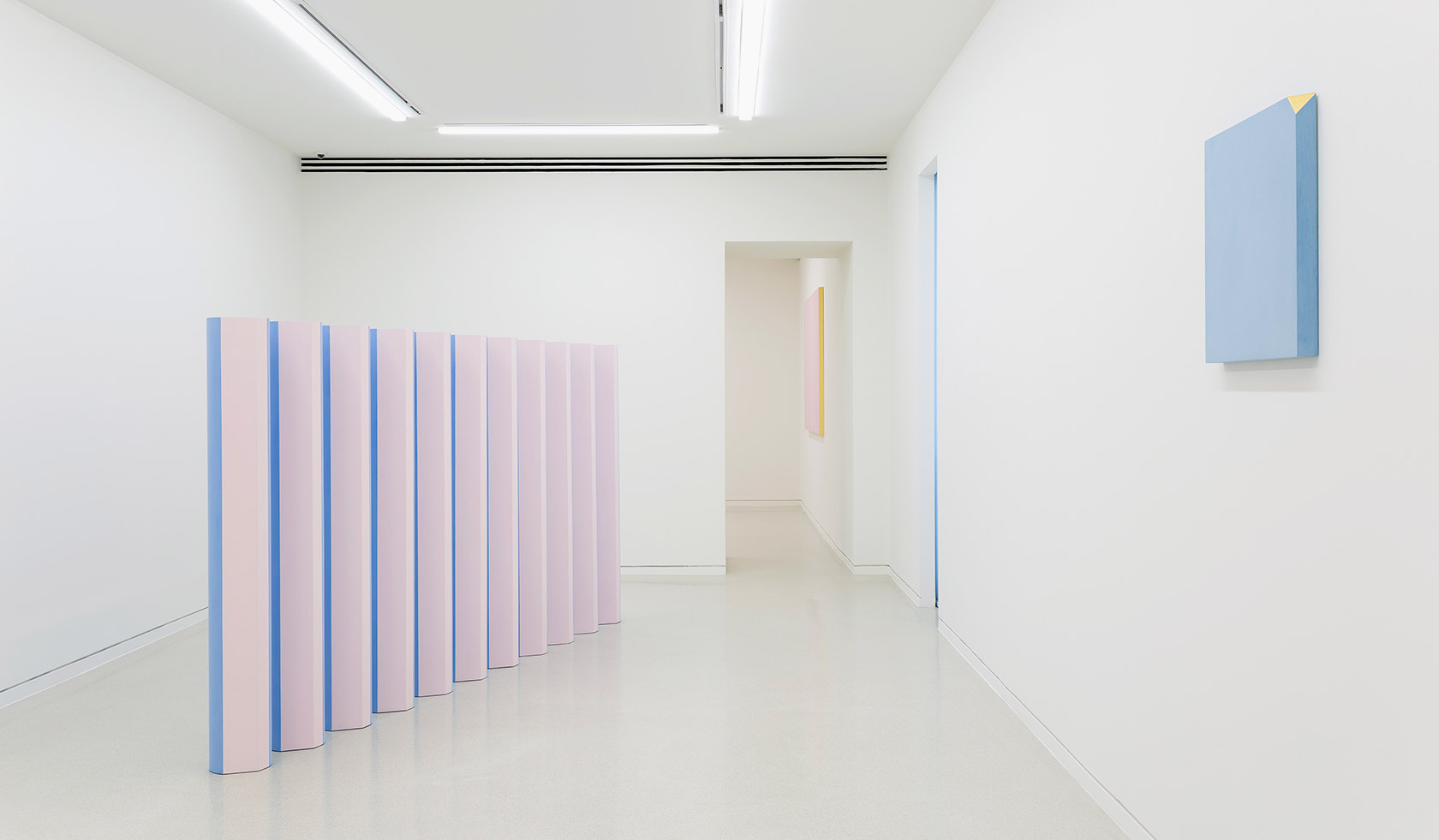
Spalletti attended art school in Pescara and was active as an artist from the 1970s, though he took a different path to his arte povera peers. He was unique, but successful early on, participating in Documenta in 1982 and later in 1992, in Kassel, Germany, and exhibiting at the Venice Biennale four times between 1982 and 1997. His refined vocabulary and clean lines meant Spalletti was frequently aligned with American minimalists, including a 1993 exhibition with Haim Steinbach at the Guggenheim Museum in New York. In 2014 his importance in shaping the discourse of contemporary art in Italy was recognised in a major three-part retrospective that took place at the MAXXI, Rome; the Museo MADRE, Naples; and the Galleria di Arte Moderna, Turin.
Other important moments in Spalletti’s 40-year career included a 2004 solo exhibition at Castello di Rivoli Museum of Contemporary Art, and in 2005 at the Henry Moore Institute, Leeds. He was also commissioned, in collaboration with his wife, the architect Patrizia Leonelli, to convert a building at Villa Serena, Pescara, into a chapel, completed in 2016. Earlier this year, Spalletti was the subject of a retrospective at the Nouveau Musée National de Monaco.
Spalletti was known for his ‘good manners, a quiet voice and a light step’ – qualities he attributed to his love of poetry and literature. He will also be remembered for the sublime elegance of his works, their colours extending into the infinite.
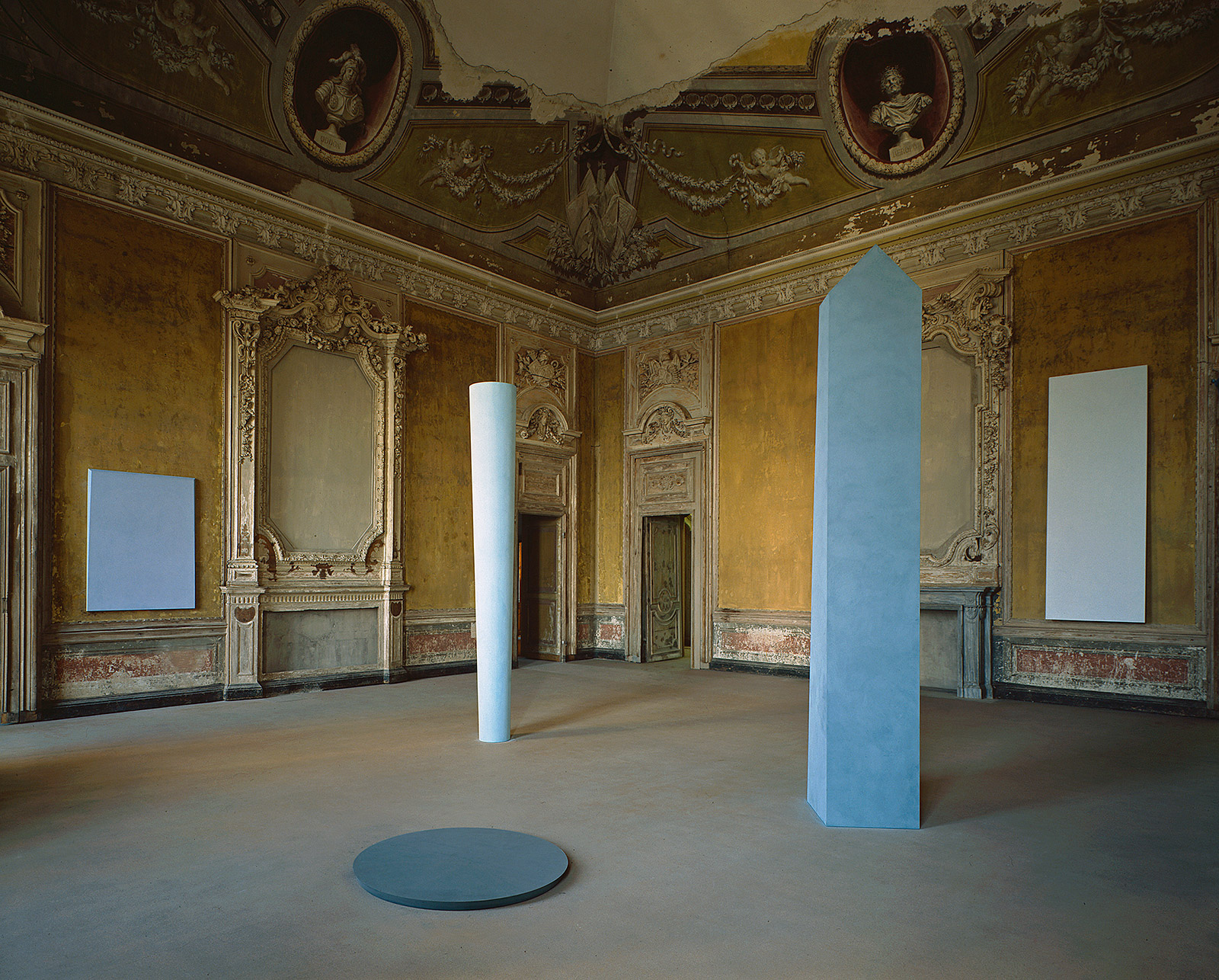
A view of Spalletti’s exhibition in Castello di Rivoli, Turin, in 1991
INFORMATION
Receive our daily digest of inspiration, escapism and design stories from around the world direct to your inbox.
Charlotte Jansen is a journalist and the author of two books on photography, Girl on Girl (2017) and Photography Now (2021). She is commissioning editor at Elephant magazine and has written on contemporary art and culture for The Guardian, the Financial Times, ELLE, the British Journal of Photography, Frieze and Artsy. Jansen is also presenter of Dior Talks podcast series, The Female Gaze.
-
 Europe’s auto industry regroups at the Brussels Motor Show: what’s new and notable for 2026
Europe’s auto industry regroups at the Brussels Motor Show: what’s new and notable for 20262026’s 102nd Brussels Motor Show played host to a number of new cars and concepts, catapulting this lesser-known expo into our sightlines
-
 Wallpaper* Best Use of Material 2026: Beit Bin Nouh, Saudi Arabia, by Shahira Fahmy
Wallpaper* Best Use of Material 2026: Beit Bin Nouh, Saudi Arabia, by Shahira FahmyBeit Bin Nouh by Shahira Fahmy is a captivating rebirth of a traditional mud brick home in AlUla, Saudi Arabia - which won it a place in our trio of Best Use of Material winners at the Wallpaper* Design Awards 2026
-
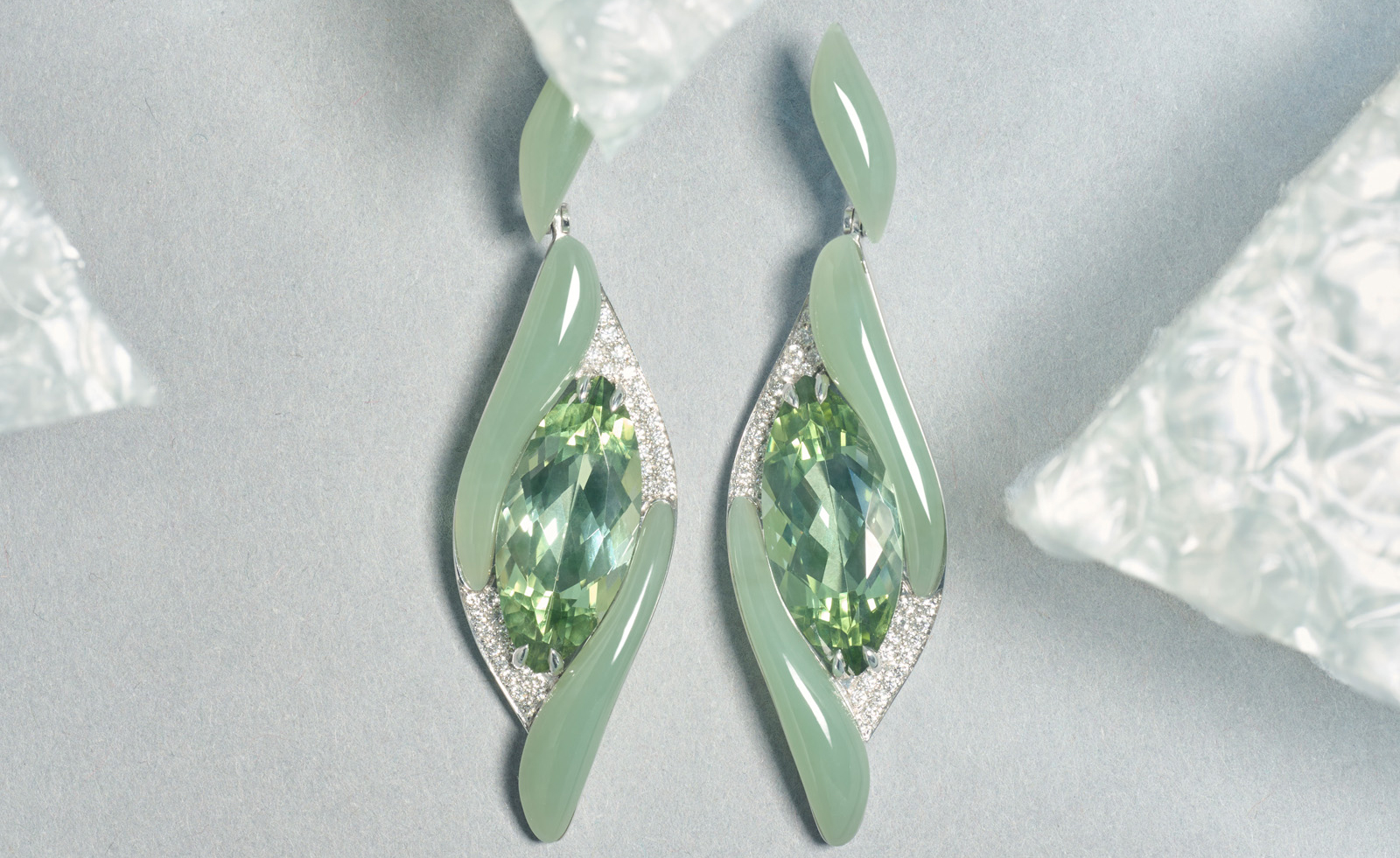 Wallpaper* Design Awards: Boghossian’s gem wizardry dazzles in high jewellery
Wallpaper* Design Awards: Boghossian’s gem wizardry dazzles in high jewelleryBoghossian's unique mix of craftsmanship and modern design is behind the edgy elegance of its jewellery – a worthy Wallpaper* Design Awards 2026 winner
-
 This Gustav Klimt painting just became the second most expensive artwork ever sold – it has an incredible backstory
This Gustav Klimt painting just became the second most expensive artwork ever sold – it has an incredible backstorySold by Sotheby’s for a staggering $236.4 million, ‘Portrait of Elisabeth Lederer’ survived Nazi looting and became the key to its subject’s survival
-
 Meet Eva Helene Pade, the emerging artist redefining figurative painting
Meet Eva Helene Pade, the emerging artist redefining figurative paintingPade’s dreamlike figures in a crowd are currently on show at Thaddaeus Ropac London; she tells us about her need ‘to capture movements especially’
-
 A forgotten history of Italian artists affected by the HIV-AIDS crisis goes on show in Tuscany
A forgotten history of Italian artists affected by the HIV-AIDS crisis goes on show in Tuscany‘Vivono: Art and Feelings, HIV-AIDS in Italy. 1982-1996’, at Centro per l'Arte Contemporanea Luigi Pecci in Prato delves into the conversation around the crisis
-
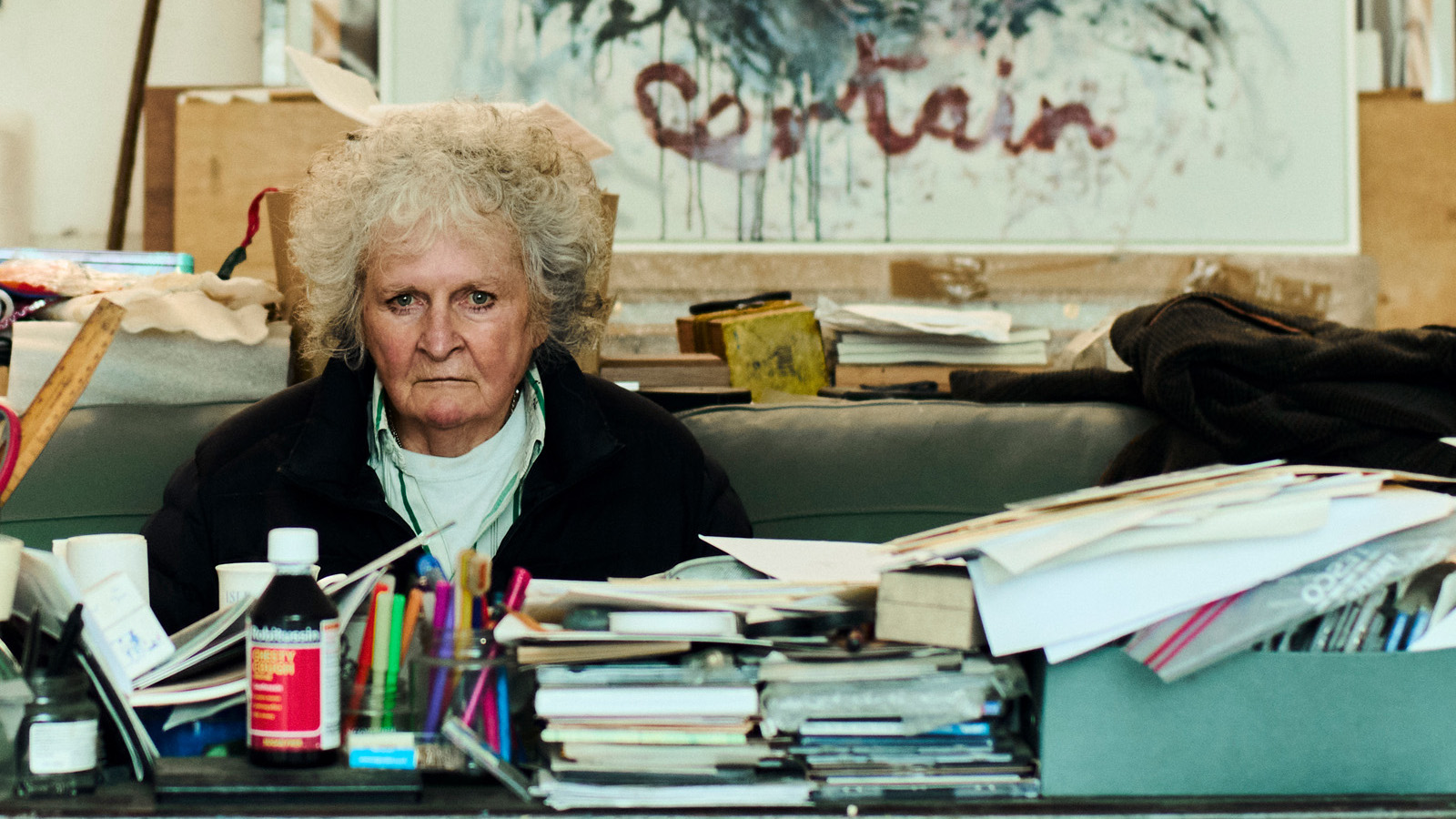 Maggi Hambling at 80: what next?
Maggi Hambling at 80: what next?To mark a significant year, artist Maggi Hambling is unveiling both a joint London exhibition with friend Sarah Lucas and a new Rizzoli monograph. We visit her in the studio
-
 Out of office: The Wallpaper* editors’ picks of the week
Out of office: The Wallpaper* editors’ picks of the weekThis week, the Wallpaper* editors curated a diverse mix of experiences, from meeting diamond entrepreneurs and exploring perfume exhibitions to indulging in the the spectacle of a Middle Eastern Christmas
-
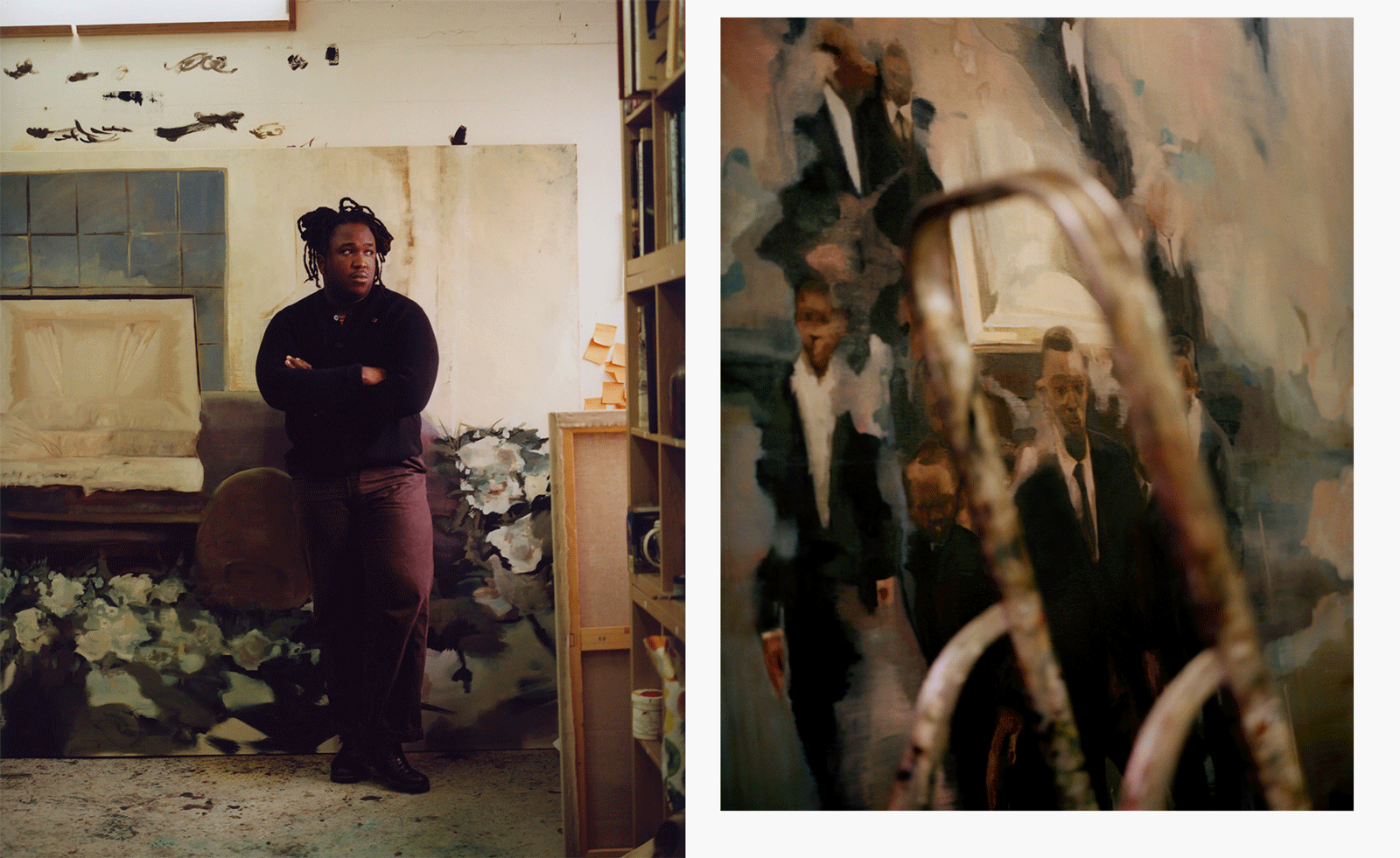 Artist Shaqúelle Whyte is a master of storytelling at Pippy Houldsworth Gallery
Artist Shaqúelle Whyte is a master of storytelling at Pippy Houldsworth GalleryIn his London exhibition ‘Winter Remembers April’, rising artist Whyte offers a glimpse into his interior world
-
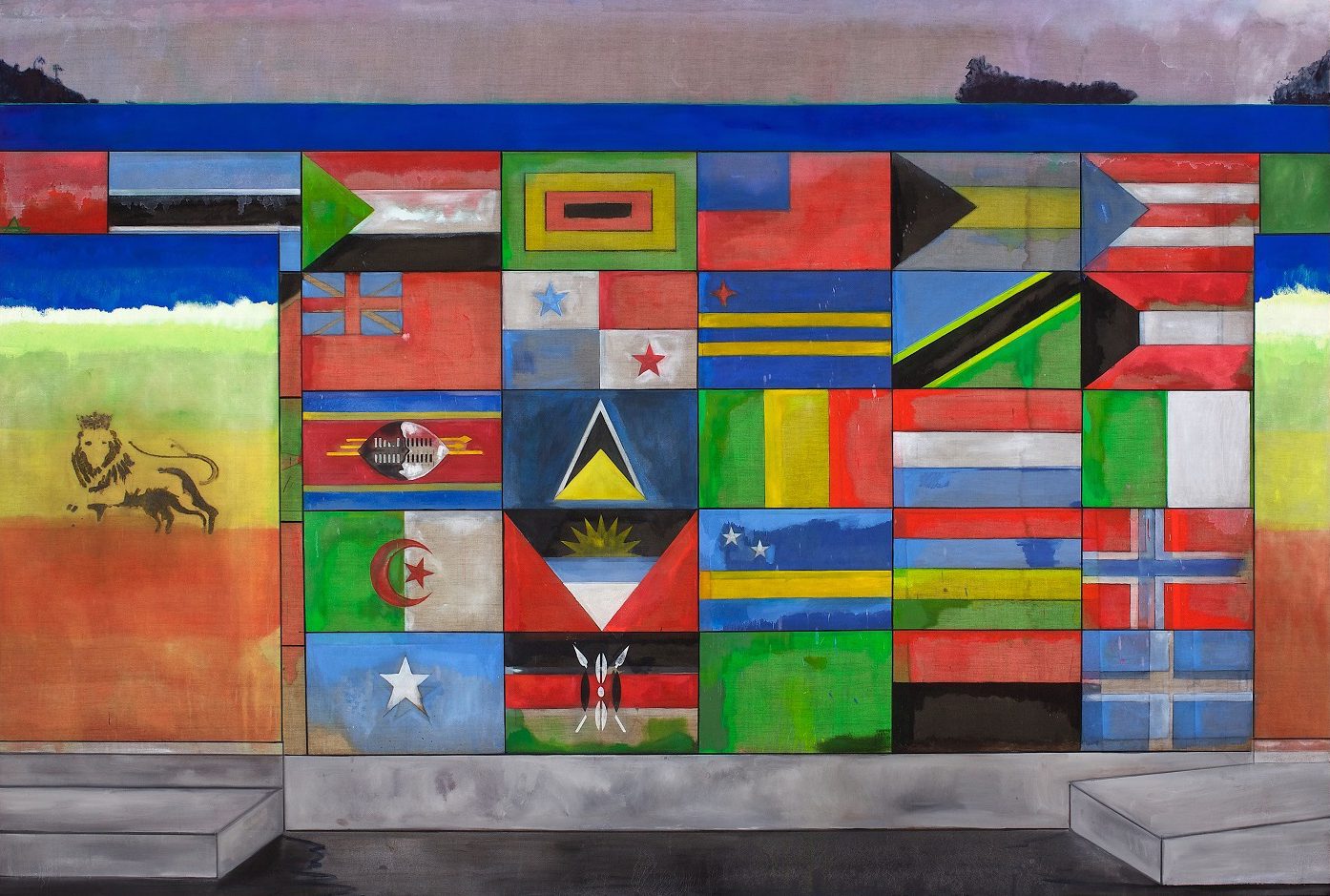 ‘Sit, linger, take a nap’: Peter Doig welcomes visitors to his Serpentine exhibition
‘Sit, linger, take a nap’: Peter Doig welcomes visitors to his Serpentine exhibitionThe artist’s ‘House of Music’ exhibition, at Serpentine Galleries, rethinks the traditional gallery space, bringing in furniture and a vintage sound system
-
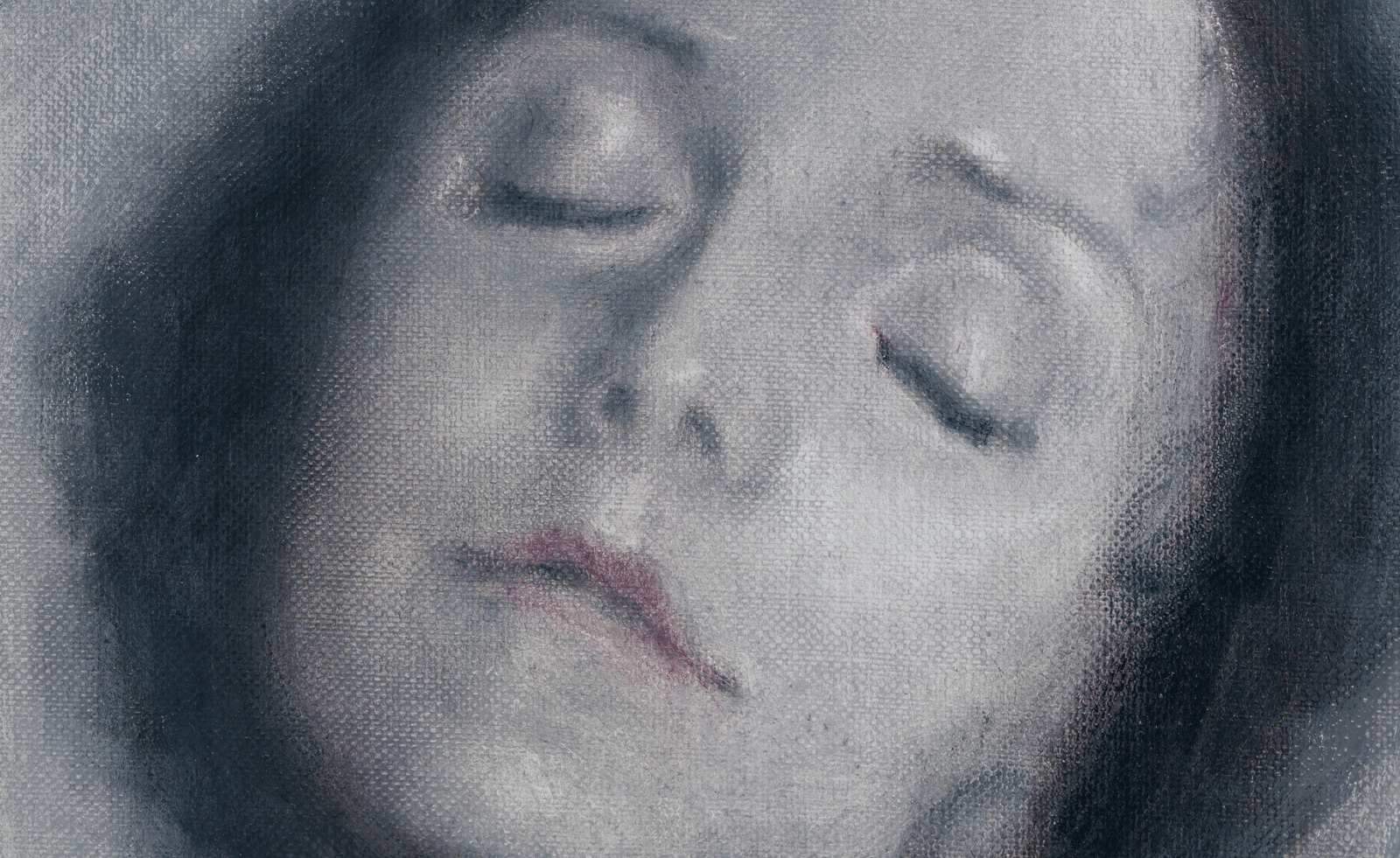 Classic figurative painting is given a glamorous and ghostly aura by Polish artist Łukasz Stokłosa
Classic figurative painting is given a glamorous and ghostly aura by Polish artist Łukasz StokłosaThe gothic meets the glamorous in Stokłosa’s works, currently on show at London’s Rose Easton gallery